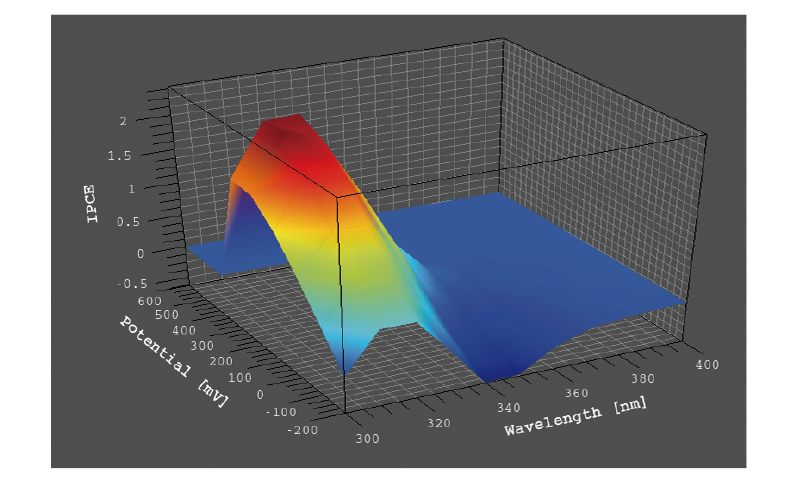Solar conversion efficiency is a primary parameter for evaluating the photocatalytic water splitting process and is an important metric that reflects the performance of a photocatalytic water splitting system. Incident Photon-to-Electron Conversion Efficiency (IPCE) is one of the four primary representations used in photocatalytic water splitting systems. It is employed to characterize the relationship between the material's photoelectrode reaction efficiency and light power, wavelength, and electrode potential. IPCE can be considered as an analytical diagnostic efficiency and can provide information about factors influencing the efficiency of the photoelectrode reaction.
▲Special Application ●Moderate Application ○Available
▲Photocatalytic testing
● Stable output mode for light power can maintain hours of stable output;
● Automatically switchable dual-grating monochromator, light power > 10 mW/cm²;
● Compatible with Kelvin probes, conductivity probes, etc.;
● Upgradable to perform IMPS/IMVS testing;

● Light source: 150 W Xenon lamp source;
● Light power limit: 35 mW/cm²;
● Current range: 1 nA~10 mA;
● Current resolution: 1 pA;
● Temperature control method: Silent water cooling, low electromagnetic radiation;
● Voltage range: ±5V;